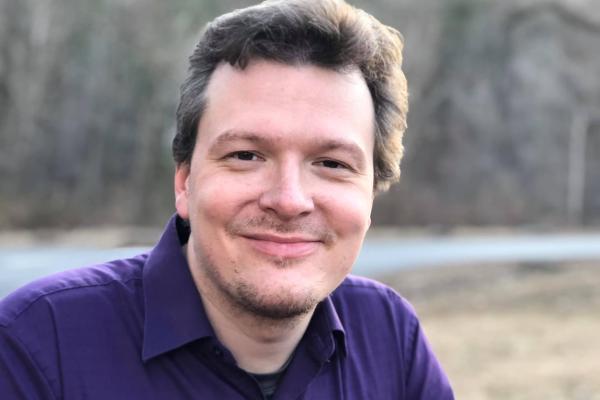
Thu, February 22, 2024
2:30 pm - 3:30 pm
1080 Physics Research Building
Colloquium: Professor Matthew Szydagis, University at Albany
Shining High- and Low-Energy Light on Dark Matter: A Multi-Pronged Approach
Event Details
- Time: 3:45 PM - 4:45 PM
- Location: 1080 Physics Research Building, Smith Seminar Room
- Faculty Host: Chris Hill
